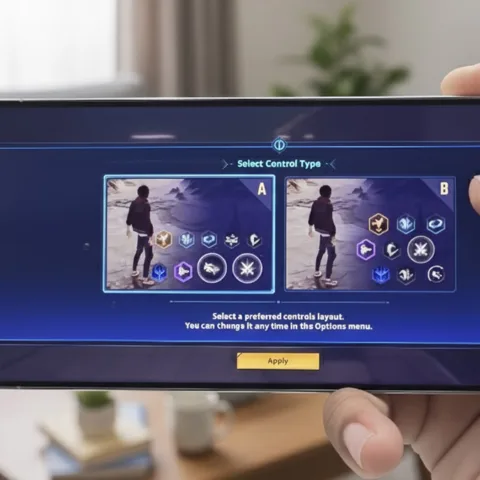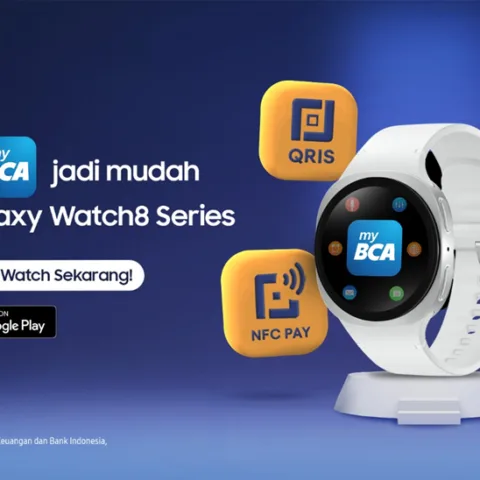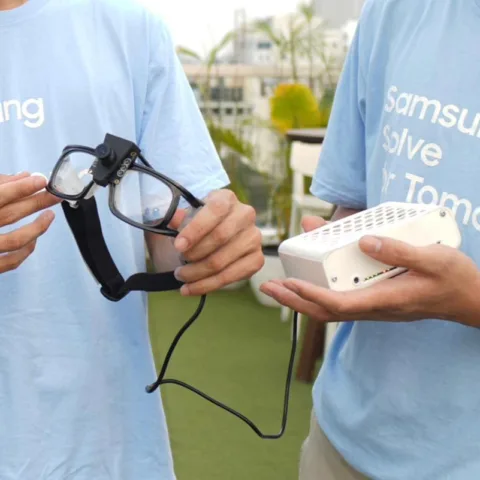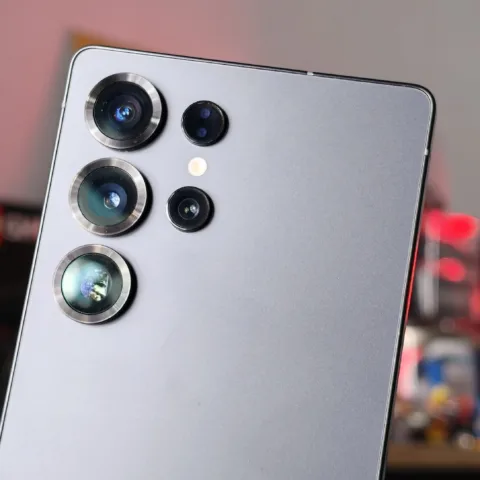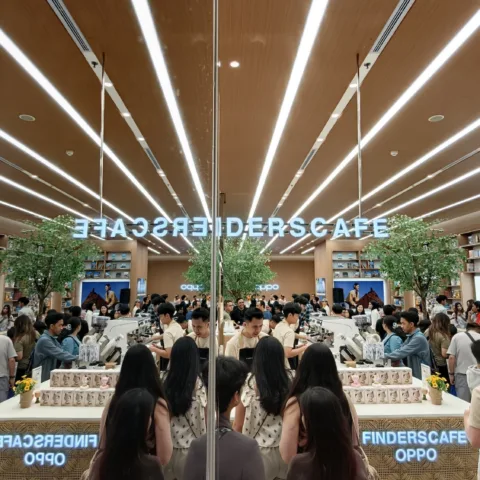Microsoft finally launched Windows 8 on Thursday, local time, in New York, its long awaited and anticipated update to the company’s desktop operating system. At a time in which computing is shifting from traditional computers to mobile devices, it seems as if the Redmond giant is late to the party. The Windows Phone operating system for mobile phones barely registers a blip on the radar and its tablet initiatives had never been popular ever since the company introduced them a decade ago. Windows 8 however, could offer something different. The core of the operating system is being used across three computing platforms to assist consumers and developers alike to be more familiar with the new environment.
Speaking at the pre-launch event in Singapore on Thursday, Microsoft’s President for the Asia Pacific region, Tracey Fellows, said that 42 percent out of the 1.3 billion Windows users are still on Windows XP which was launched in 2001. This aging operating system had been set to obsolescence for 2014 and the company had released two major versions prior to Windows 8, so it’s time for consumers to upgrade.
Andreas Diantoro, President of Microsoft Indonesia, at a separate event in Jakarta on Saturday said that Microsoft wants its customers to upgrade to Windows 8 as soon as possible. Aside from offering a more exciting way to use a computer, Windows 8 carries a more secure environment thanks to its hardware checks, BitLocker disk encryption, and a built in anti virus called Windows Defender.
Diantoro said that if consumers currently running Windows XP want to use Windows 7 instead, they’re welcomed to do so, after all, some of the security features in Windows 8 were carried over from Windows Vista and Windows 7, but they’ll be missing out on the new experience.
On top of that, he said, Windows 8 is faster to boot and takes up a smaller chunk of the storage drive than Windows 7, so there’s more advantage in adopting Windows 8 rather than choosing the older version. He also said that Windows 8 has been tested 16 million times. While he did not go into details, Steven Sinofsky, Microsoft’s president for Windows and Windows Live said at the launch in New York that Windows 8 went through 1.24 billion hours of testing across the globe.
Unlike Apple’s OS X which gets major updates every one or two years, Microsoft introduces new versions of Windows on a longer time frame. Microsoft’s support cycle for Windows actually runs every five years, which means that Windows XP has had two support period extensions since its launch in 2001.
While customers may be sitting pretty in their comfort zone using an older, more familiar computing experience, it does give quite a headache for Microsoft when it comes time to introduce new features through major upgrade releases. Additionally customers tend to avoid upgrades fearing that it would task their computers more to do the same functions. Fellows made an assurance that as long as the computers can run Windows 7, they can run Windows 8 without any issues.
Microsoft took a different strategy in delivering Windows 8. While Google and Apple took their respective operating systems for mobile phones and adapted them for their tablet products, Microsoft took its desktop system to the tablet as well as to the mobile phone.
The different approach underlines Microsoft’s understanding that tablets are the new PCs. According to Diantoro, people want to perform the functions they’re used to doing on their older PCs on their new tablets. Microsoft doesn’t see why the traditional operating system cannot be adapted for touch, hence the touch-oriented Windows 8.
The core of Windows 8 was also used to build Windows Phone 8. Due to the significant differences with Windows Phone 7, existing Windows Phone devices cannot be upgraded to Windows Phone 8 but they will receive an upgrade to 7.8 which delivers a small subset of what Windows Phone 8 will bring.
Surface and Windows RT
Fellows mentioned that while Windows 8 is being made available across the globe, the company’s most exciting product, the Surface tablet, unfortunately will not be making its way to most of Asia. Both versions of Microsoft Surface, one that runs Windows RT and another that runs Windows 8 Pro, are set to be sold in only eight markets across the globe, the United States, the United Kingdom, Australia, Canada, China, France, Germany, and Japan.
The Surface tablet represents Microsoft’s ideal platform for Windows on tablet devices. It’s its first significant foray into the primary computing hardware market after years of relying solely on hardware partners. It serves as an example for hardware partners to deliver their Windows tablets, much like how the Nexus devices are Google’s beacon for Android makers. For the differences between Windows RT and Windows 8, Wired has a handy guide that you can check out.
Microsoft Indonesia’s new marketing director Bernard Saisse confirmed this unfortunate news. He said that while it is disappointing to not be able to deliver Surface to Indonesia, he’s confident that the Windows RT tablets from the company’s partners will serve the market well.
If you’re interested in reading a full review of Windows 8, we’ve linked to a couple of excellent ones from The Verge and Ars Technica on our Tumblr site.
Windows 8 is available for $70 for the general public, and downloadable through an upgrade program for $15 for those who purchased a new computer running Windows 7 between June 2012 and January 2013.




